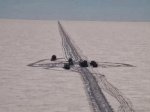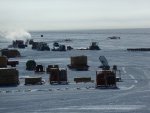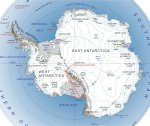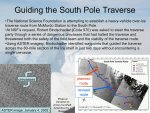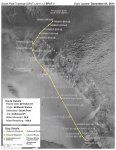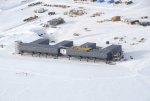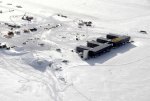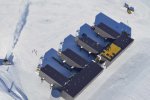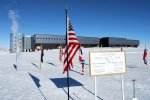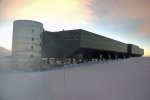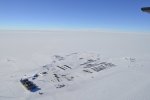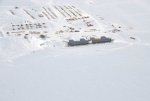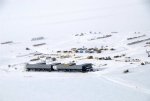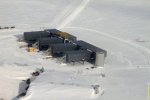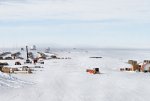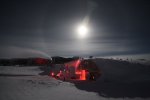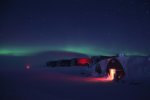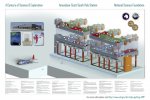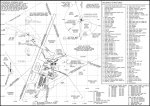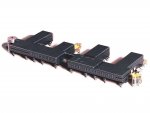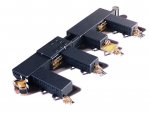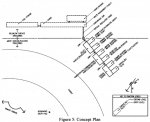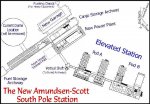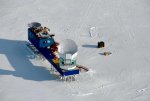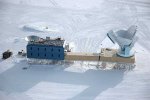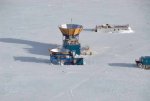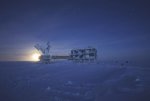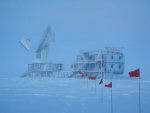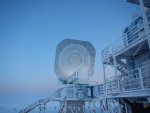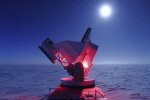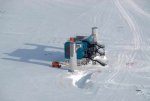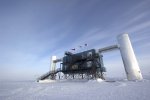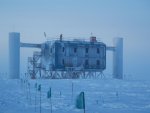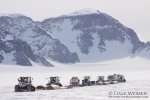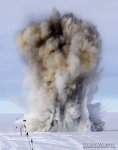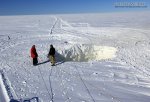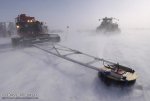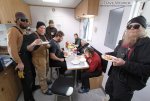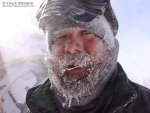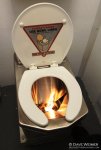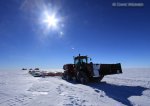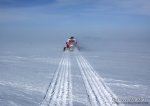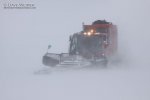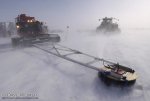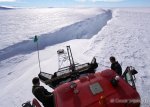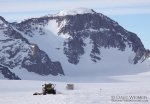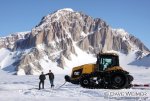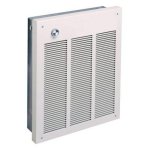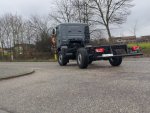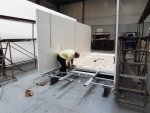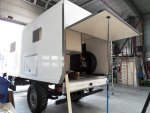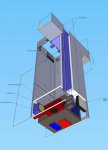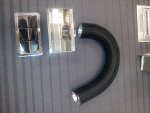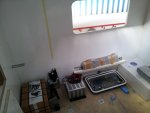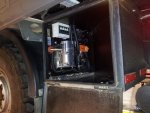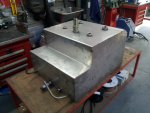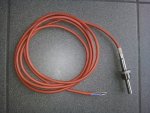Hi
Dave,
Many thanks for getting back to me so quickly! And many thanks for permission to leave your photographs posted as is, with your copyright clearly stamped. I can well imagine why some unscrupulous people might try to sell them: they are terrific images. Really stunning.
Just a few more questions, if you have a bit of time to answer them?
These are rather specific questions, and if you are not one of the mechanics on the South Pole traverse (?), you might not know the answers. But thought I should ask the questions anyway, just in case you know some of the answers....

I still haven't read all of your blog pages about Antarctica, so if any of the questions below were already answered on your blog, my apologies in advance.
*************************************
1. Would you know the specific models of the Webasto and Espar AirTronic cab heaters, and Espar Hydronic heaters, used in vehicles on the South Pole traverse?
2. Are the heaters all fitted with special high-altitude kits? In the following pdf, which documents different Espar/Eberspracher high-altitude fixes, additional parts are required for all heaters with the sole exception of the Hydronic MII 10 and 12 -- see
http://www.esparparts.com/techsupport/pdfs/High Altitude Kits/High altitude options 11-2012.pdf .
3. Are the 50 KW Cummins generators turbocharged? Any other special provisions? Do the Cummins generators have heaters attached as well?
4. Cummins diesel generators for Recreational Vehicles top out at 12 KW -- see
http://power.cummins.com/onanpowerW...52&parentId=533&linkName=RV Diesel Generators . So presumably your Cummins 50 KW generators were originally designed for "Marine" or "Commercial Mobile" use? See
http://power.cummins.com/onanpowerWeb/navigation.do?pageId=510&parentId=0&linkName=Applications ,
http://power.cummins.com/onanpowerW...d=655&parentId=533&linkName=Marine Generators ,
http://power.cummins.com/onanpowerW...d=520&parentId=510&linkName=Commercial Mobile , and
http://power.cummins.com/onanpowerW...d=659&parentId=533&linkName=Diesel Generators .
But the Commercial Mobile products seem to top out at 20 KW, so perhaps your generators were Cummins Marine products? Perhaps from the following series:
http://power.cummins.com/onanpowerW...d=957&parentId=533&linkName=Marine Generators and
http://power.cummins.com/PWON/Power...lsAndCompare/Common/pdf/specsheets/a-1470.pdf ? Or perhaps they were residential 50 KW units:
http://powertohomes.com/Power-Connect-Series and
https://powersuite.cummins.com/PS5/...t/pdf/Commercial/SparkIgnited/NAS-5793-EN.pdf ?
4. Would you know any of the makes and/or models of the heaters used for the
"oil pan, block, glycol, transmission, and battery"?
5. When you say that the Cummins 50 KW generators kept your tractors warm, do you mean that they provided electric power for the various additional heaters attached to the
"oil pan, block, glycol, transmission, and battery"?
6. The tractors are mostly Caterpillars, with Caterpillar engines, right? Turbocharged diesels? Would you know the specific makes and/or models of tractors used?
7. One of the tractors seems a bit special: it has a small cabin in back, and has a long boom in front fitted with ground-penetrating radar. Would you know the make and model of this tractor?
8. The living/sleeping quarters are heated by simple "space heaters", meaning base-board electric types, right? In other words, this:
http://baseboard-heaters-review.toptenreviews.com/fahrenheat-review.html ; as opposed to this:
http://en.wikipedia.org/wiki/Space_heater ?
9. Would you know how the living/sleeping quarters are insulated?
10. What kinds of cooking appliances do you use inside the living/sleeping quarters? Are any of them LPG (propane)? Are all of them electric? Are some diesel, for instance, the stove?
11. Is the fridge an electric compressor type, or is it a gas-aboroption LPG fridge -- see
ia.org/wiki/Refrigerator#Types_of_domestic_refrigerators ?
12. The reason I ask is because of the possible danger of carbon monoxide poisoning when using non-electric appliances in a very well-insulated and well-sealed compartment. I recently read on another Antarctic blog that the new Kress vehicle ("Clifford, the Big Red Truck") could not turn on its heater in the passenger cabin, because the cabin was too airtight, and carbon monoxide poisoning was a danger -- see
http://blog.wonderfullyrich.net/2013/04/my-favorite-ice-movers-sometimes-shakers/ and
http://www.expeditionportal.com/for...EST-High-Altitude-Solution-for-Heating/page10 . Do you know if this is true?
Any similar concerns regarding your living/sleeping quarters? Or have you gone deliberately "all-electric" to avoid such worries about carbon monoxide, and because you have two big 50 KW generators available?
13. Do you carry any LPG with you on the South Pole traverse? If so, for what purpose?
14. Do you carry oxygen tanks for medical reasons, just in case someone on the traverse comes down with a bad case of altitude sickness?
And finally,
15. How would you describe the South Pole traverse psychologically? If memory serves, in one of your blog-posts you mentioned "delirium". When a blizzard hits, and you're stuck inside for 3 or 4 days out on the ice plateau, it must get kinda weird and perhaps frightening? If you could summarize the experience overall, highs as well as lows, in just one paragraph.....?
*************************************
That's most of the questions that I can think of, in relation to the South Pole traverse. Again, if you can't answer many or even most of them, no worries. But if you are able to answer even just a few, that would be greatly appreciated.....

I also have a few more "tangential" questions. Again, please respond only if you feel you can.
1. Do you have any personal experience at high altitude with the Hagglunds BV206, the Foremost Nodwell, and/or the Foremost Centurion? See
http://en.wikipedia.org/wiki/Bandvagn_206 and
http://www.foremost.ca/products/tracked-units . These tracked vehicles seem to be popular for exploration in Antarctica. And if you do have any experience with them, any thoughts regarding their heating systems?
2. How do you feel about Ivan the Terrabus? In comparison to the new Kress vehicle, "Clifford, the Big Red Truck"?
3. Do you think a hybrid vehicle could handle the South Pole traverse? If so, what kind?
If you don't have much familiarity with or opinions about hybrids as alternatives to ICE vehicles, again, no worries. But if you do know a bit about hybrids and the various systems currently competing for market share, what hybrid solution do you think might work best in Antarctica's extreme-cold/high-altitude conditions?
*************************************
Hope that wasn't too many questions! Just wanted to say, again, that your blog is terrific, and your photos are stunning. And many thanks for letting me leave them posted on ExPo.
If you ever have some time to read the "Antarctica" posts on ExPo, and if it turns out that I've made a mistake or two, please feel free to correct me! Again, see pages 8, 9, and 10, at
http://www.expeditionportal.com/for...BEST-High-Altitude-Solution-for-Heating/page8 ,
http://www.expeditionportal.com/for...BEST-High-Altitude-Solution-for-Heating/page9 , and
http://www.expeditionportal.com/for...EST-High-Altitude-Solution-for-Heating/page10 , post #80 onwards.
Last but not least, after our email correspondence about Antarctica is finished, would you mind if I were to repost it on ExPo, in the thread just referenced?
All best wishes,
Laurence (aka
Biotect)

